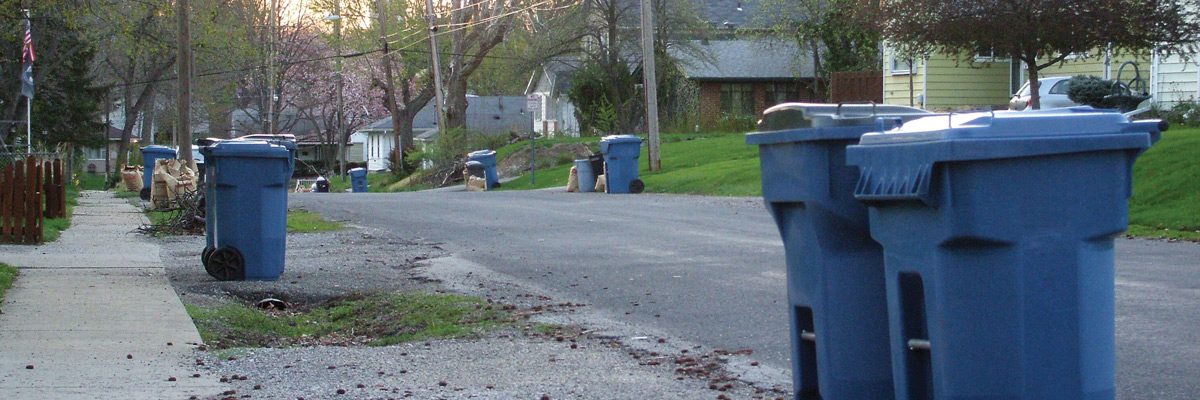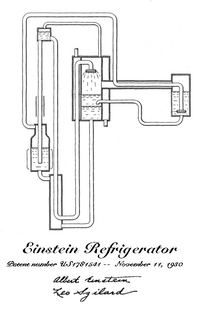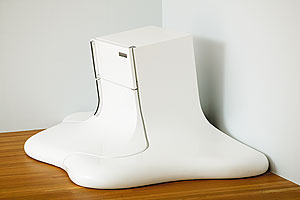This recent article in the UK Guardian caught my attention. While I don’t post the whoooooooole thinggggggg because it really long, I include some other sites and some art.
http://www.guardian.co.uk/science/2008/sep/21/scienceofclimatechange.climatechange
Einstein fridge design can help global cooling
Scientists relaunch a 1930 invention that uses no electricity and would reduce greenhouse gases
- The Observer,
- Sunday September 21 2008
An early invention by Albert Einstein has been rebuilt by scientists at Oxford University who are trying to develop an environmentally friendly refrigerator that runs without electricity.
Modern fridges are notoriously damaging to the environment. They work by compressing and expanding man-made greenhouse gases called freons – far more damaging that carbon dioxide – and are being manufactured in increasing numbers. Sales of fridges around the world are rising as demand increases in developing countries.
Now Malcolm McCulloch, an electrical engineer at Oxford who works on green technologies, is leading a three-year projectto develop more robust appliances that can be used in places without electricity.
His team has completed a prototype of a type of fridge patented in 1930 by Einstein and his colleague, the Hungarian physicist Leo Szilard. It had no moving parts and used only pressurised gases to keep things cold. The design was partly used in the first domestic refrigerators, but the technology was abandoned when more efficient compressors became popular in the 1950s. That meant a switch to using freons.
Einstein and Szilard’s idea avoids the need for freons. It uses ammonia, butane and water and takes advantage of the fact that liquids boil at lower temperatures when the air pressure around them is lower. ‘If you go to the top of Mount Everest, water boils at a much lower temperature than it does when you’re at sea level and that’s because the pressure is much lower up there,’ said McCulloch.
At one side is the evaporator, a flask that contains butane. ‘If you introduce a new vapour above the butane, the liquid boiling temperature decreases and, as it boils off, it takes energy from the surroundings to do so,’ says McCulloch. ‘That’s what makes it cold.’
Pressurised gas fridges based around Einstein’s design were replaced by freon-compressor fridges partly because Einstein and Szilard’s design was not very efficient. But McCulloch thinks that by tweaking the design and replacing the types of gases used it will be possible to quadruple the efficiency. He also wants to take the idea further. The only energy input needed into the fridge is to heat a pump, and McCulloch has been working on powering this with solar energy.
‘No moving parts is a real benefit because it can carry on going without maintenance. This could have real applications in rural areas,’ he said.
McCulloch’s is not the only technology to improve the environmental credentials of fridges. Engineers working at a Cambridge-based start-up company, Camfridge, are using magnetic fields to cool things. ‘Our fridge works, from a conceptual point of view, in a similar way [to gas compressor fridges] but instead of using a gas we use a magnetic field and a special metal alloy,’ said managing director Neil Wilson
Einstein’s Refrigerator
And Other Stories from the Flip Side of History
by Silverman, Steve
- Compare at:
- Today’s Price:
- You Save:
- Format:
- Publish Date:
- ISBN:
- Catalog #:
- $9.95
- $9.45
- $0.50 (5%)
- Paperback
- 04/01/2001
- 9780740714191
- 2823969
:}
But think of the irony here, Einstein went from being a patent clerk to being a patent clerk. Or better yet he went from a patent clerk to being patented:
http://en.wikipedia.org/wiki/Einstein_refrigerator
From 1926 until 1933 Einstein and Szilárd collaborated on ways to improve home refrigeration technology. The two were motivated by contemporary newspaper reports of a Berlin family who had been killed when a seal in their refrigerator broke and leaked toxic fumes into their home. Einstein and Szilard proposed that a device without moving parts would eliminate the potential for seal failure, and explored practical applications for different refrigeration cycles. Einstein used the experience he had gained during his years at the Swiss Patent Office to apply for valid patents for their inventions in several countries, the two eventually being granted 45 patents in their names for three different models.
It has been suggested that most of the actual inventing was performed by Szilard, with Einstein merely acting as a consultant and helping with the patent-related paperwork. Additionally, Einstein’s name lent the research prestige and credibility.[1]
The refrigerator was not immediately put into commercial production, the most promising of their patents being quickly bought up by the Swedish company AB Electrolux to protect its refrigeration technology from competition. A few demonstration units were constructed from other patents.
The invention of Freon in 1930 rendered the vapour compression process the standard for refrigeration.
:}
Then there is view of the regular fridge:
http://nga.gov.au/Exhibition/Sculptureprize05/Detail.cfm?IRN=139757
:}



